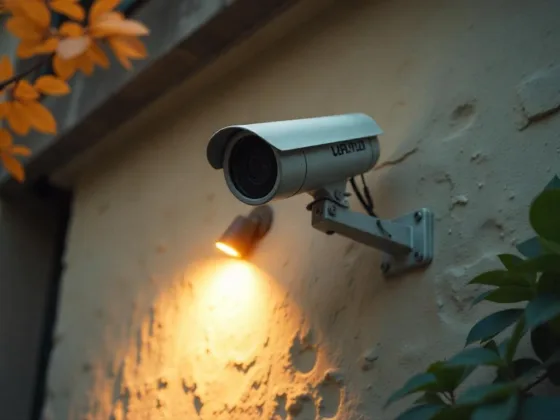Table of Contents Show
Most bees and wasps live in colonies, but a beehive is very different from a wasp nest. Whether you’ve heard some buzzing in your garden, or you’re just keen to know the difference between the two, this article will help you determine which of the two it is.
Having a wasp nest in your garden can be dangerous, so if you come across one make sure to get in touch with a professional wasp removal company as soon as possible.
Don’t attempt to get rid of the nest yourselves as this will only anger the wasps, increasing the chances of getting stung which no one wants! And remember, they will only sting if they feel threatened.

It’s also important to note that both wasps and bees play important roles in our environment, so do your best not to cause harm to either of them.
How to Tell the Difference Between a Wasp Nest and a Beehive
Wasp Nests
They Always Look Busy
Active wasp nests won’t be hard to spot as they always look bustling with insects! Expect to see a constant flow of wasps coming in and out the nest; they use the same flight path meaning they enter and exist in the same place, queueing behind one another.
They can be found in a Range of Places
There isn’t one specific location where you’ll find a wasp nest, they can be found on the ground, in long grass, hanging from a tree branch, or in a loft space. So, make sure to keep an eye out if you hear buzzing nearby!
Usually Grey or Beige in Colour
Wasp nests can be a variety of sizes but the most common color is usually grey or beige due to how they make their nests.
Made from Wood Pulp
Yellowjackets, the most common type of wasp, create their nests by chewing up the wood fiber and creating a pulp-like material. They stack this material up into combs to create the nest, with some finished off with additional pulp to cover the combs.
Less Sturdy
Wasps make nests that are less sturdy than beehives, this is because they only need them to last through the summer.
Three Types of Nests
There are three common types of wasp nests, including a Football Nest, made by female wasps and most likely a hornet’s nest, Hexagonal Umbrella Nest which is made by paper wasps and usually found under a roof for shelter, Ground Nest, home to the yellow jackets and usually found in holes in the ground or buildings.
Read Also:
Beehives
Active from Early Spring
Both honeybees and bumblebees become active in early spring, which is when beehives can start appearing.
Found in Protected Areas
Beehives are most likely to be found in a hollow tree, chimney, wall cavity, or garage. They need to be protected from moisture and pest invasions, which is why you’ll rarely find beehives on the ground.
Made from Different Hive-Linings
Different types of bees use different materials to create their nest, for example, mason bees use mud, carpenter bees use sawdust and leafcutter bees use leaves.
However, the worker bee uses sugar from honey to create wax. They then chew this wax to line the hive which creates the icon known as honeycomb!
Two Types of Beehives
Hives may use different types of hive-linings, but there are only two types of beehives. A normal beehive will be found in protected areas as previously mentioned. The other type of hive is known as solitary confinement.
This is when certain bees are no longer of use or too weak to get back into the hive, they find a new home in the ground and are then known as digger bees.
Since they no longer have a queen to follow, they’re often much less aggressive and will stay in their new home until they die.
So, there we have it, the main differences between a wasp nest and a beehive. Hopefully, next time you see a nest or hive you’ll be able to tell which of the two it is!
If you do come across a nest or a hive, get in touch with the correct wasp nest removal or bee company to deal with the matter instead of doing it yourself and causing potential harm to the insects.









